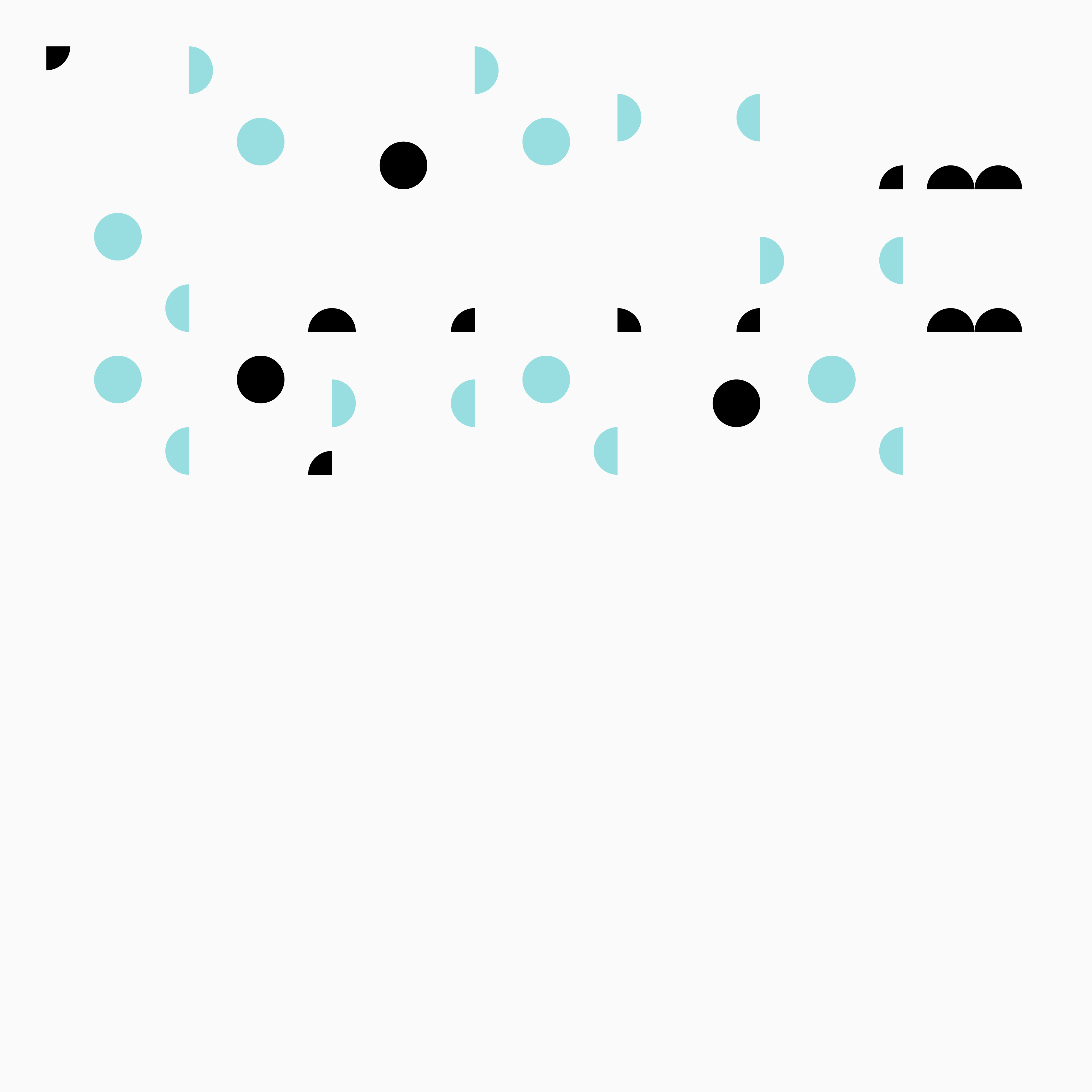Jana Irmert is a German sound artist and composer whose work ranges from live performance to multichannel composition and film soundtracks. While aspects of temporality, impermanence and the ecological crisis permeate her work, she creates atmospheric audiovisual and sonic spaces ‘that work with dis/harmony in such a way as to mirror our imperfect world at the moment.’ (Toneshift) She received the German Documentary Film Music Award in 2019 and has been nominated for an Icelandic Edda Award for her sound design on Jóhann Jóhannsson’s film Last and First Men in 2021. Her releases have appeared on Fabrique Records and Important Records.
Perched on volcanic rock that pushes out of the sea, I listen below the water's surface. It's the reef talking to me – shrimp and fish clicking, crackling and grunting in an amazing intense cacophony. My ears extend like tendrils down into the moving water through the hydrophones. I sit and listen while the sun goes down. I knew then I wanted to make a piece from these recordings. I started working with the reef sounds, but somehow the composition didn't develop. A few months later I was in Stockholm for a residency at the Elektronmusikstudion, and there I could play with these fantastic big old modular synths, the Serge and Buchla 200 systems. Looking for ways to create sounds that appealed to me, I ended up with layers of noise that oscillated on different frequencies. And there it was – this feeling of vastness and infinity, of waves and currents surrounding me. To a 90-minute session in which I had recorded layers and layers of these waves and oscillations, I then added tonal parts with a Halldorophone, a cello-like string instrument that generates and lets you control feedback as the sound source. Throughout the composition, pulses of different measures and seemingly uncorrelated rhythmic patterns appear, which I treated less as musical elements and more as movements in space – floating things, each with their own drift velocity beyond my control. There is a certain perception of entropy when you are inside a system, unable to zoom out enough to see the bigger structure. A few months before I made the recordings of the coral reef on the Canary islands, I completed my diving certificate, something I had dreamed of doing since childhood. Diving is one of these things where you are not only confronted with the elements, but you kind of are becoming the element yourself. You need to think how the ocean thinks, to consider the currents, the depth, the drift, the animals, all of that. Experiencing the vastness of the ocean from within the ocean is just so incredibly beautiful. After all, we are creatures of the ocean, descendents of animals that crawled on land and adapted to live on dry land. And still we are suspended in water in order to be born. Our bodies are made of 74% of water in the first months of life. The ocean covers 72% of Earth’s surface. And of course, as soon as you start looking at the ocean and listening to the ocean, you come across the devastating destruction that takes place. There are dead zones, aquatic deserts of bleached coral reefs, and underwater wastelands. Still, beauty and peacefulness exist in this fragility, and I tried to invite them into my work, probably because I needed that myself. The recordings of the coral reef became islands of sound that appear and disappear throughout the piece. And in hindsight, that really makes sense to me – these reefs are islands of rock, of land in the water, surrounded and washed over by the sea. And then the currents carry us elsewhere.
Purchasing: https://janairmert.bandcamp.com/track/time-piece


